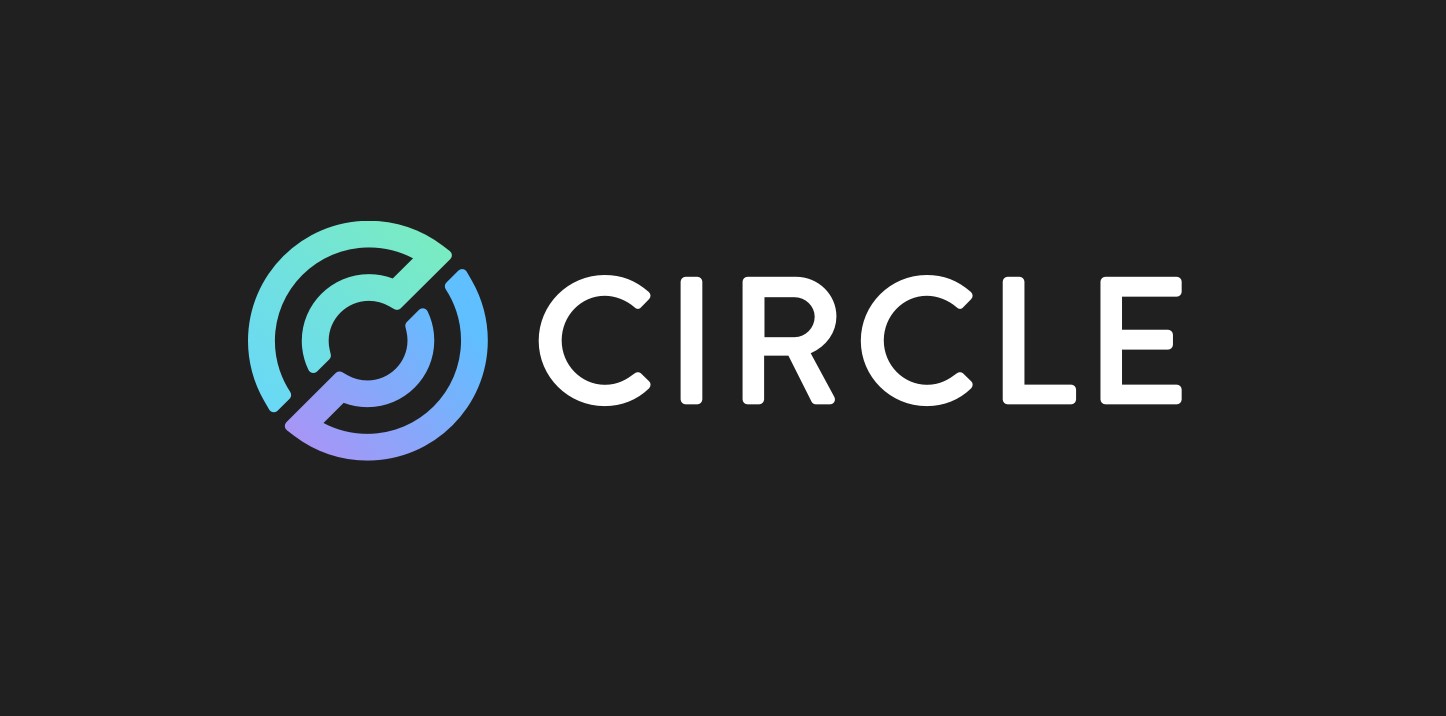[ad_1]

Key Takeaways
- Circle, issuer of USDC, has cancelled a plan to go public in a $9 billion deal
- Public itemizing may have offered USDC because the anti-Tether, pushing a totally clear and audited angle
- Cancelled deal displays pulldown in costs throughout the board
- Circle stay decided to go public finally, however within the interim, will proceed to combat the stablecoin conflict vs rivals
- Binance the current large mover after the change delisted USDC and different rivals so as to push its personal stablecoin, BUSD
Stablecoin group Circle have deserted plans to go public.
Issuer of USDC, the stablecoin with a $43 billion marketcap, Circle had deliberate to go public with a valuation of $9 billion. Sam Bankman-Fried and the crypto markets had different concepts, nonetheless.
Abandoned plan signifies crypto collapse
The collapse of the deal exhibits how far crypto has fallen. The deal was initially struck in July 2021, with Circle planning on going public by way of a blank-cheque firm headed by Bob Diamond, a former Barclays government.
“We are disappointed the proposed transaction timed out; however, becoming a public company remains part of Circle’s core strategy to enhance trust and transparency, which has never been more important,” mentioned Jeremy Allaire, Circle chief government.
It’s not a shock. Deals to go public have been shelved throughout the market – not simply crypto – as rates of interest rises have pulled costs down throughout the board. Look no additional than Coinbase for proof of the injury, with their shares down 84% in 2022 (I wrote a deep dive on their demise here).
Public safety fascinating for stablecoins
The stablecoin house is one which has been damage greater than most this yr. There was the high-profile collapse of UST in May, knocking down giant chunks of the ecosystem with it.
DAI is struggling mightily, within the curious place of being a decentralised stablecoin that is very centralised (given its holdings of USDC). Its newest plan is to abandon the peg mannequin fully, swapping over to a free-floating stablecoin, which reads as an entire paradox for those who ask me.
But it is the continued hypothesis over the protection of Tether (deep dive here), which itself de-pegged to 95 cents on a number of exchanges within the aftermath of the UST collapse, that is still as the most important gripe on stablecoins.
This is the place USDC may actually have benefitted from Circle going public. The safety, disclosures and transparency that being a public firm calls for are unrivalled. The transfer would have massively benefitted Cicle’s picture, particularly compared to its largest rival, Tether.
It may actually have positioned itself because the anti-Tether, the totally public, and subsequently audited, clear and safe, stablecoin. The largest winner of this information of the collapsed deal, subsequently, is undoubtedly Tether.
The stablecoin conflict continues
One hopes that Circle will go public finally. I’m certain it will, however that could be some time, wanting on the state of the markets, with inflation but to considerably cool off and the world economic system struggling as Europe and the US dive deeper into winter amidst a suffocating power disaster.
Until then, it will proceed to combat its rivals for market dominance. The most up-to-date victor in all this has been Binance’s stablecoin, BUSD, after the change delisted USDC and several other different rivals from its change.
USDC was meant to have the trump card that it is a public itemizing up its sleeve. But now that that’s been cancelled, it is again to the drafting board with regards to the stablecoin conflict.
[ad_2]
Source link



